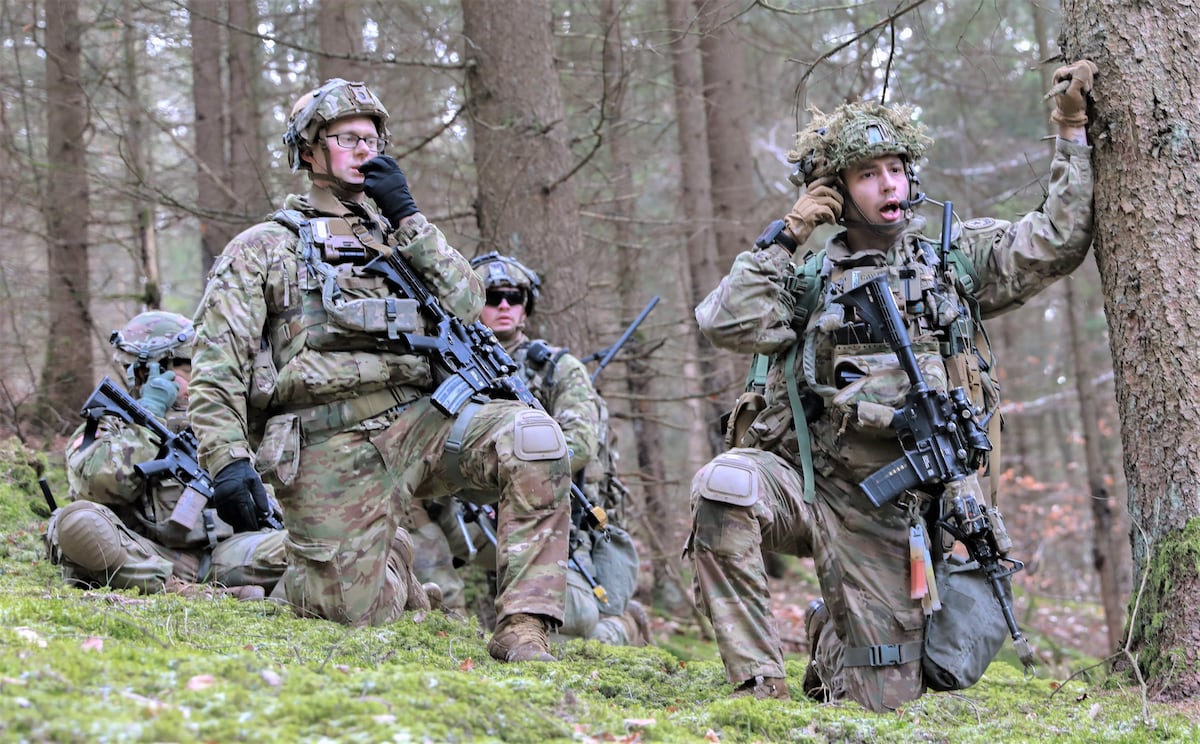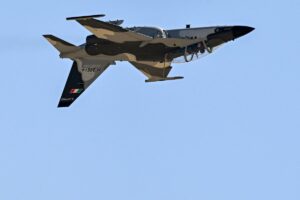The U.S. Army is embarking on a significant overhaul with its Next Generation Command and Control (NGC2) initiative, aiming to revolutionize data-driven command and control operations. This ambitious plan encompasses changes from the foundation of requirements to the intricacies of acquisition and contracting, promising more efficient and effective outcomes. As industry partners join this transformative journey, both opportunities and challenges arise.
NGC2: The Vision and Execution
The NGC2 initiative strives to integrate command and control capabilities seamlessly from the corps level to individual squads. Central to this is a data integration layer that supports rapid application development across various warfighting functions like intelligence, logistics, and protection. This layer fosters multifunctional AI models, enhancing decision-making speed and efficacy.
Emphasizing commercial technology is vital to the NGC2 objective, as the Army’s current tech refresh cycles lag behind their commercial counterparts, leading to outdated systems. To address this, the Army aims to procure authentic commercial technologies instead of modified solutions that might hinder affordability and innovation.
Implementing the NGC2 Framework
Traditional C2 systems in the Army are often disjointed, with separate requirements, funding, and acquisition efforts that result in rigid, isolated capabilities. NGC2 seeks to remedy this with a core program that lays the groundwork for a technical architecture, complemented by various ecosystem programs. The NGC2 tech stack includes layers for network, computing, data, and applications, all driven by open interfaces and shared services.
By simplifying requirements into a concise “Characteristics of Need” document and consolidating C2-related funding into a unified portfolio, NGC2 enables flexibility and rapid resource allocation as the program progresses.
Contracting Strategies for NGC2
Contracting for NGC2 will involve multiple industry team leads accountable for both the core program and the ecosystem. This approach differs from traditional models by:
- Encouraging non-exclusive teams to allow component providers to collaborate with various leads;
- Involving direct engagement with individual companies on technical, financial, and contractual matters;
- Minimizing government-furnished information and equipment;
- Identifying partnerships to maintain technical relevance, reducing risk and costs;
- Ensuring the Army retains its role as an informed buyer, avoiding reliance on outcome-independent consultants.
Opportunities for Vendors
Industry vendors can participate in the NGC2 initiative by either bidding as a team lead or serving as component providers. The Army encourages self-organization in identifying complementary solutions, which may be contracted separately or managed as individual acquisition programs. Regardless, all components must align with the NGC2 architecture.
As the architecture evolves, vendors can leverage open interfaces to expedite the development of applications and AI models, facilitating procurement without direct ties to a team lead.
Timeline and Contracting Concepts
The Army plans to maintain an open solicitation process to introduce new capabilities continuously, while also designating specific decision windows. Following the current competition phase, the next window may occur after fielding the first Corps Headquarters and two Divisions.
Contracting for NGC2 will focus on fixed-price, outcome-driven efforts, with an emphasis on reasonable pricing and service-oriented models for both hardware and software consumption.
As Joseph Welch, deputy to the commanding general of Army Futures Command, notes, the Army’s transformation hinges on adapting its command and control systems, coupled with revamping institutional processes for requirements, resourcing, acquisition, and contracting.






